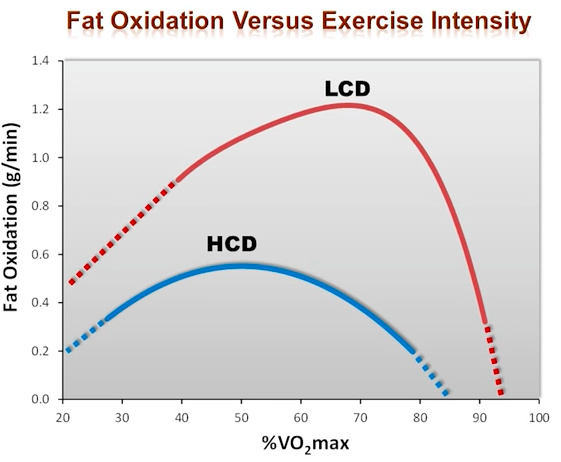Hi All -
Newbie here. I have been cycling for a long time and went Keto a few months ago. I have been checking that I am in keto with test strips and have ordered a meter for greater accuracy after what happened on saturday. I have been doing a lot of distance rides (for me) - two centuries in the past month, a number of 75 miles rides, 24 mile bike commutes. I decided to test whether I was fat-for-fuel adapted enough to do our normal 60 miler without any carbs. Well I learned what a near bonk or bonk feels like about 35 miles out. I was going hard on the hills and was doing great and then got light headed dizzy whenever I started to exert myself. I had to walk up the hills that I have ridden successfully about 100 times. I had had bulletproof coffee, a packet of justin’s almond butter, and a piece of canadian bacon for breakfast. That is actually more calories than I’d normally start out with but very low carbs. The bonk was not related to hydration. It was fuel. I am wondering if anyone has experience with implementing the fat for fuel approach. Do you need to slowly get use to it? Do I need to always use superstarch? Any thoughts are welcome.
Thanks,
Mark

